Comprehensive Guide on Leave Management in 2024
“Empty chairs everywhere, not a sound of clink, everyone’s on leave today, leaving HR on the brink”
HR's role is central to creating a supportive environment for employee well-being. They guarantee employees' rights and privileges under the law and company policy.
But managing leaves often feels like solving a Rubik’s cube, that too blindfolded.
HR managers are supposed to keep tabs on three different types of setups: remote, hybrid, and on-site. And then there are so many leave types: sick leaves, casual leaves, maternity and paternity leaves, sabbaticals, earned leaves and the list goes on.

No wonder HR managers are overwhelmed, and that affects their productivity.
If you are a new HR manager or startup founder struggling to manage leaves, you must know the basics of leave management system. And this blog post will explain exactly that.
What is Leave Management?
Leave management is the process of creating and overseeing a company’s leave policy. It ensures that employees get their rightful leaves while the organisation’s operations remain undisrupted due to staff shortages.
Leave management also ensures that you comply with labour laws and reduces employee confusion about leaves and their impact on payroll. Basically, leave management is just better planning.
The Government guides the formation of leave policies. Here’s a quick overview of a probable leave breakup:
Annual/ Privileged/ Earned leave
15 days (No of days/ hours)
After 12 months of continuous service
5 days
After 4 months of continuous service
Casual leave
12 days
Sick leave or casual leave both combined
1 day
After 1 month of continuous service
Sick leave
12 days
Sick leave or casual leave both combined
1 day
After 1 month of continuous service
Maximum AL/PL that can be carried forward
45 days
Working hours in a day
9 hours
Total hours in a week
48 hours
Rest interval: Rest after 5 hours of work
30 minutes
What are the Leave management activities?
Defining the types and rules for applying and approving leaves
Monitoring leave balances and maintaining accurate records of accrued, used, and unused leaves
Ensuring adherence to local labour laws, corporate policies, and industry standards to avoid legal issues
Informing employees about their rights and benefits as outlined in policy documents.
Ensuring employee satisfaction
Using the leaves data in payroll calculations
What is the Importance of Leave Management?
Leave management goes beyond compliance and impacts the company as a whole. Let’s explore why it matters.
Documenting and updating employee databases
Leave management ensures that employee databases are documented and updated constantly. This goes beyond knowing who's in or out on any given day; it's an accurate record of each employee's leave history. Such information is important for performance reviews and understanding trends. It helps employees know their leave balance and entitlements. This can be very helpful when planning for future staff needs. It also boosts morale for employees who see their time off accurately recorded and respected.
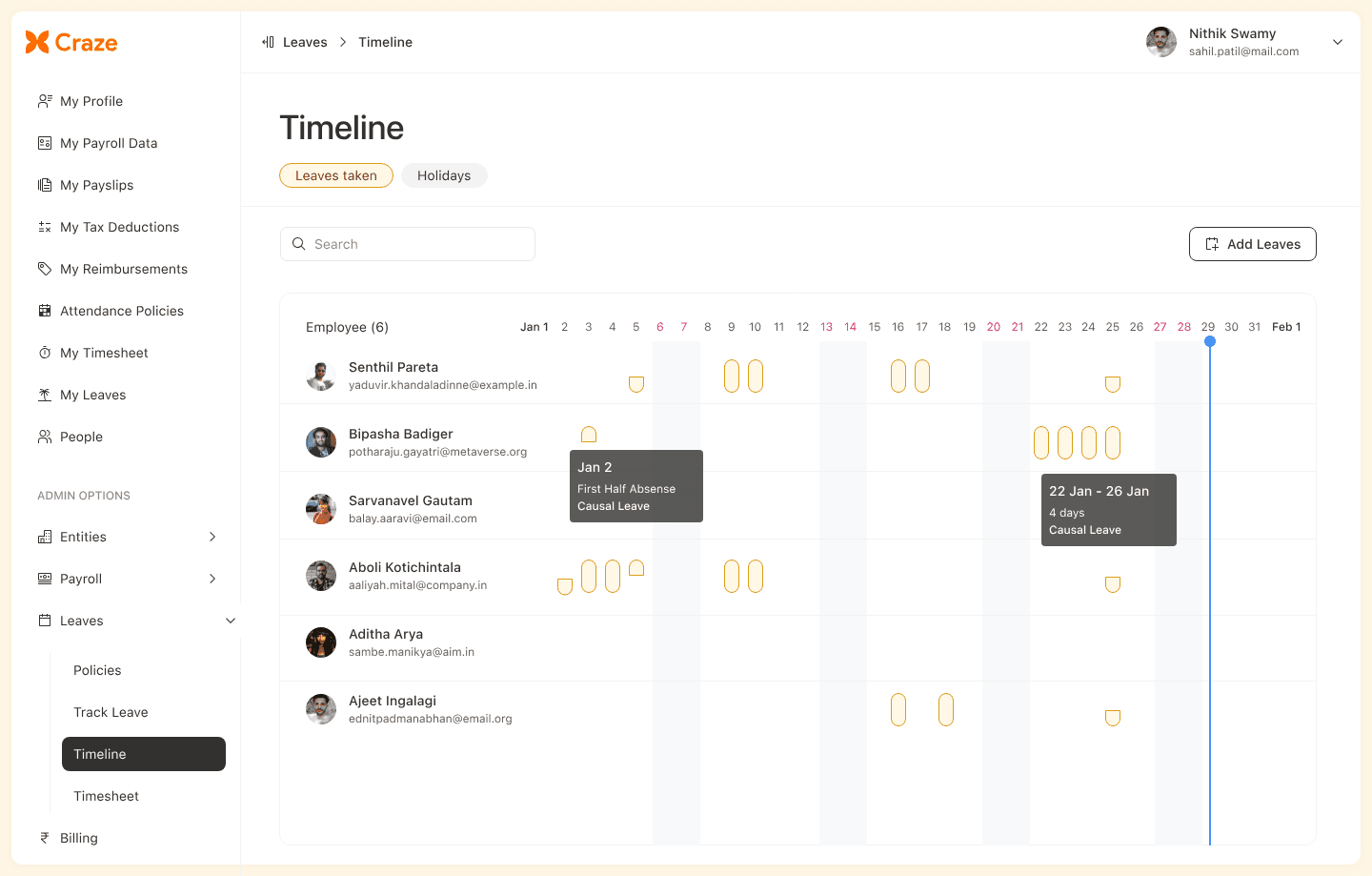
Accurate payroll calculation
Accurate payroll calculation creates trust and fairness in the workplace. The leave management system ensures that every leave an employee takes will reflect the correct value on the paycheck earned.
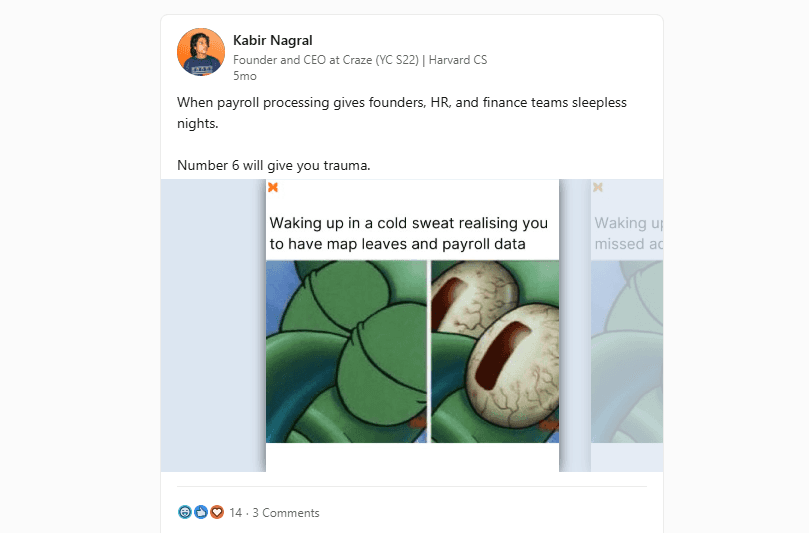
This accuracy ensures the prevention of overpayment and underpayment issues. Think of the administrative nightmare if you had to correct payroll errors manually.
Ensuring compliance with local leave laws
The laws surrounding employment are quite complex and vary between regions. You must also comply with laws concerning local leaves. Failure to meet such standards leads to legal problems and monetary fines.
A well-organized leave management system ensures your company complies with all laws. This keeps the company safe and builds confidence among employees that they will be accorded their rights.
Streamlined business operations
Well-managed leaves translate to streamline business operations. When leave is planned and managed correctly, it enables better resource allocation and workload management. Managers can see who is available and plan accordingly, leading to smoother operations.

Avoiding revenue leakage
Revenue leakage occurs when unapproved or undocumented leaves lead to unnecessary expenses.
For instance, paying employees for days they did not work or hiring temporary staff to cover absent employees can strain the company's budget. An effective HR leave management system prevents such issues by documenting, approving, and managing leaves according to company policy. This vigilance helps protect the company’s financial health.

This also applies to knowing leaves beforehand to plan work accordingly, such as for engineering sprints or offline scenarios, to ensure optimum headcount. This helps companies with better estimates and timelines for projects.
Creating a common system for both employee and employer’s visibility
A common system where employers and employees can view and manage leave requests promotes fairness and accountability.
Employees can easily check leave balances, request leaves, and track the status of their requests. Employers can quickly approve or deny leave requests based on availability and operational needs.

What are the Key challenges in Leave Management?
While we know the importance of leave management, it is accompanied by several challenges that may leave you stumped:
Documenting leave counts for each employee, along with types
Accurate documentation of leave counts for each employee, with different leave types, can be labour-intensive and prone to errors. It has the following implications if not done properly:
Miscalculation of final settlement
Deduction in salary of someone who has worked
Paying extra to someone for the day they were on leave
Differences in leave balances on paper and reality
Legal complications due to improper leave records
This can also cause confusion among employees, as they may not understand the impact of leaves on their payroll, leading them to feel cheated and overcharged during the final settlement.
Proper leave policies with defined criteria
Creating comprehensive leave policies with well-defined criteria is crucial for leave management. These policies cover aspects like the number of entitled leaves, the process of requesting leaves, and the conditions under which leaves can be granted or denied.
You may face these problems if you don’t have proper leave policies:
Inconsistent leave approvals with subjective criteria lead to unfair practices
Uncertainty and decreased morale due to unclear processes
Inadequate staffing due to poor coordination on leaves during critical times
Inaccurate leave records
High turnover rate due to dissatisfaction and negative impact on employee well-being
Take this for an example:
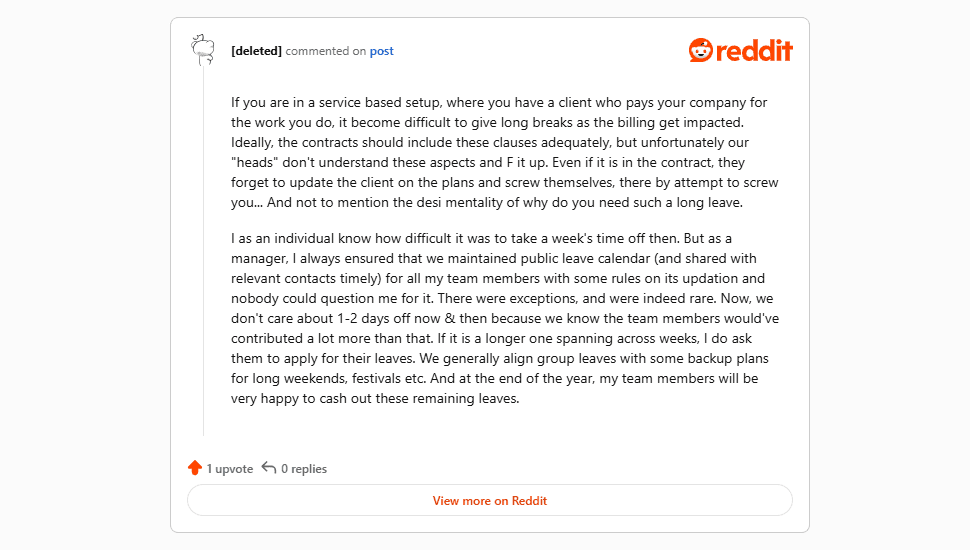
Replacing spreadsheets and Slack channels as leave trackers
Many organisations still rely on outdated methods like spreadsheets to track leaves. This method is as prone to errors as manual tracking. It consumes a huge amount of time and risks data loss and inaccuracies.
You need a more robust and centralised system for leave management to improve accuracy and effectively track leaves. Otherwise, you might end up with:
Misaligned information across platforms
Difficulty in accessing up-to-date leave information Inconsistent records
More time spent on verifying leaves Difficulty in managing overlapping leave requests
Lack of visibility into leave schedules for managers
The method will become unmanageable as the company and number of employees grows
Long waiting time and exhaustive process to get leave approval
Leave approval processes can be lengthy and complicated, which often causes frustration among employees. Having a streamlined leave approval process ensures faster processing and unnecessary delays. Otherwise, you might have to deal with:
Reduced productivity
Operational disruptions due to unmanaged approvals
High absenteeism
Conflicts and disputes
Difficulty in planning effectively for projects
HRs frequently have to deal with inquiries about leave balances and pending approvals
Besides these, other significant challenges in leave management include:
HR Compliance with labour laws and company regulations, especially for organisations with multiple offices in different regions
Managing leaves of remote and distributed teams
Handling overlapping leave requests to maintain adequate staff to ensure business operations are not impacted
Components of Leave Management
Below are the Components of any leave management policy:
Creating a leave policy
Defining leave types
Identifying leave category
Allocating the leaves
Stating leave conditions
Let’s discuss each component in detail below:
Creating a leave policy
Leave management software allows you to create customised leave policies for your team. Creating leave policies generally involves the following steps: finding the Policy option in the navigation bar, clicking on Create leave policy, inserting basic leave details like leave types, leave category, etc., and you are good to go. The steps may vary from software to software. We have used Craze as our HRMS software here.
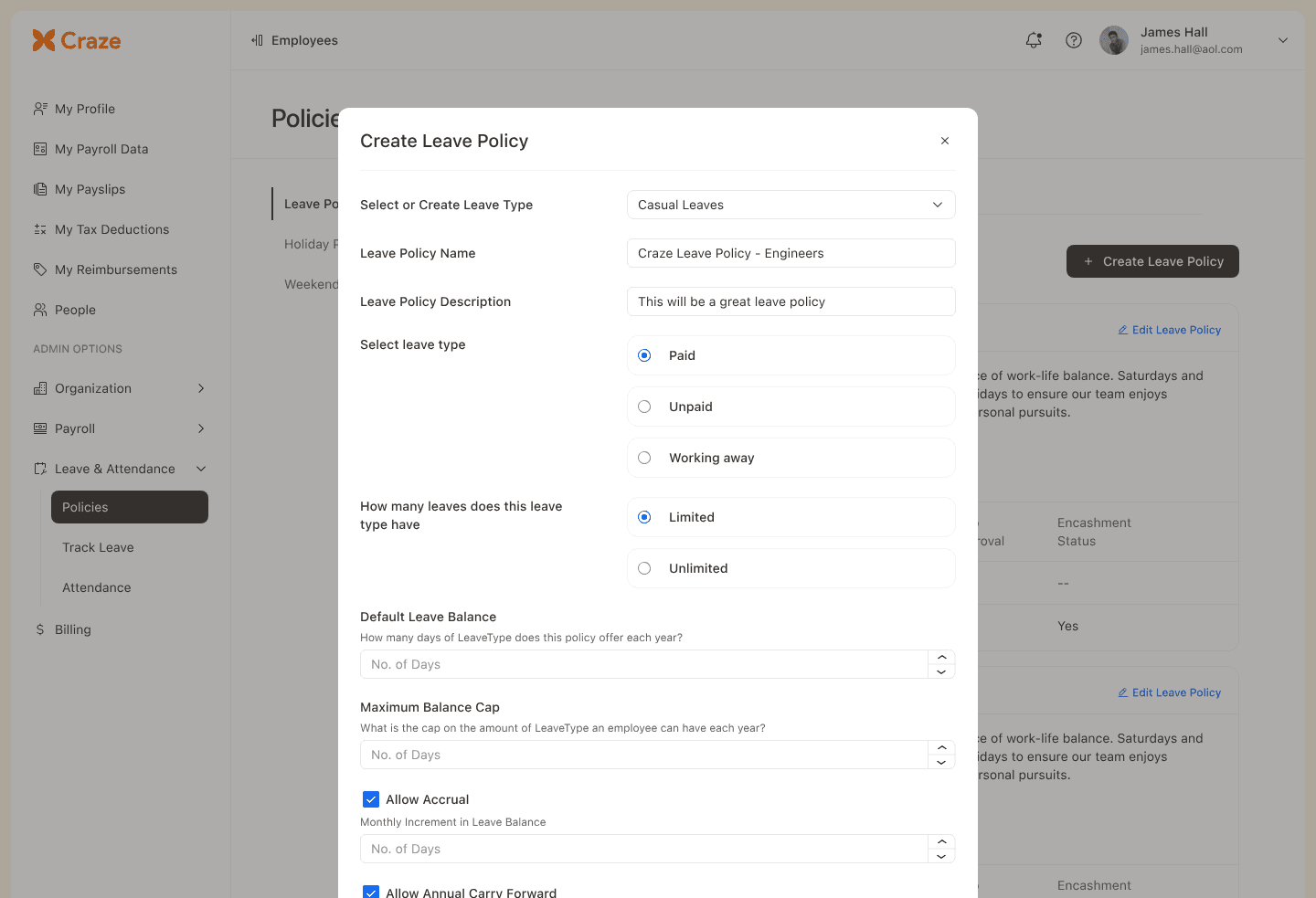
Define leave types
An employee is entitled to several types of leave in a year. Let’s examine the different types of leave and other crucial components of the HR leave management process.
Sick Leave is an allowance given to employees when they are sick or injured. Employees can take leave without losing their salary. Employers may require a medical certificate for more than a few days.
Casual Leave: This type of leave is for an employee's short-term and unplanned absence due to personal reasons or events. Prior notice is normally appreciated.
Paid Leave: This is a general term representing leaves for which one is paid. That may comprise casual, sick, or annual leave in which employees are paid during the leave.
Annual Leave, also known as "vacation leave," is an employee's off period for personal rest and recreation. According to a policy or years of experience in an organisation, it can last weeks.
Work from Home: This allows employees to do work activities within their home environment. It offers location flexibility but does not compromise productivity. It has become more common, especially post-pandemic.
Earned Leave: Gained or accrued based on the number of work days, earned leave is usually taken for vacations or longer-term personal engagements. It's also known as "privilege leave."
Unpaid Leave: Allows the employee to take leave without pay when all of their paid leaves have been consumed or for specific reasons that do not qualify for paid leave.
Privilege Leave: More or less of the exact nature of earned leave, but it is accumulated over time and is generally given for personal or recreational purposes. It typically requires advance notice.
Bereavement Leave: This leave applies to all employees. A short leave period allows an employee to grieve the death of a close family member or friend, allowing time for mourning and attending the funeral.
Examination Leave: Such leave is granted to employees who desire to appear for an educational or professional examination.
Personal Leave: This leave is required for personal matters, including family or personal work.
Ad-hoc Leave: This kind of leave is taken when there is an unplanned need to take a leave. This may also be due to an emergency.
Work from Home for Interns and Probationary Employees: Implement the work-from-home mechanism for interns and new employees on probation, ensuring flexibility and safety.
PTO (Paid Time Off): An organisation's leave policy that allows employees to take paid time off for different personal reasons without specifying the type of leave.
Probationary Employees and Interns Leave: Specific leave policies apply to interns and probationary employees, and most of the time, they are limited compared to what is allowed to regular staff.

Period Work from Home or Period Leave (Female Employees): For comfort, female employees can choose to work from home during their menstrual period.
Optional Paid Holidays: Employees can choose some holidays from the list of optional public holidays provided in the holiday list according to their preferences, practices, or beliefs.
Optional Holiday (2): This means two days in a year when employees can take leave on non-compulsory public holidays.
Maternity Leave: This leave is given to female employees before and after childbirth. It is usually for 26 weeks, as per Indian law.
Marriage Leave: A special leave granted for an employee's marriage.
Limited 2 Days: This policy component limits some types of leave to a maximum of two days on a single instance.
Exceptional Leave: This leave is given in exceptional cases, like any other type of leave, besides natural calamity or personal crisis.
Emergency Leaves: These are leaves taken immediately because something urgent has cropped up, which can be declared unforeseen.
Earned Leaves for Sales: These leaves are specially earned for employees in sales departments and are awarded to them for gaining profit for the company or after meeting challenging monthly targets.
Compensatory Leaves (Comp-off): In a startup context, it is pretty common for employees to work on weekends to meet urgent deadlines. You can compensate for this with compensatory leave on a weekday.
Pawternity Leave: Fur babies matter to a lot of us! Offer leaves to your employees to take care of them.
Non-Smoker’s Leave: This is an excellent leave type to encourage your workforce to quit smoking. It could be the last Friday of every month or an additional five-day leave period beyond the yearly leave balance only for non-smokers.
Sabbatical Leave: Employees who have worked for a long time with your company and are seeking a long time off for educational or mental health reasons can be provided with a sabbatical leave. Remember how Ross was on sabbatical after his second divorce?

Adoption Leave: If an employee opts for adoption, they still require time off to care for the child. Be kind enough to offer them an adoption leave.
Identifying leave category
Each leave can belong to two different categories: paid and unpaid. Paid leaves are when an employee applies for a leave from their existing balance. Unpaid leaves are when an employee applies for a leave after their leave exceeds their leave balance. Some HRMS tools like Craze also offer a category called ‘On Duty’. This is relevant when you are setting up a work-from-home policy.
Allocating the leaves
While creating a leave policy, it is also essential to identify its allocation type. You can either opt for a limited allocation type. In this case, you must also share details like how the leave balance should be accrued - carried forward or encashed. The other type is unlimited leave allocation, where employees can apply as many leaves as they want (for a particular leave type).
Stating leave conditions
Finally, you need to set leave conditions before making the policy live. Some of the general leave conditions are:

Default leave balance - The number of leaves of this type will be credited to the policyholder at the beginning of the calendar year
Maximum balance cap - Upper cap on the amount of leaves of this type the policyholder can have at any given point in time
Monthly leave accrual - Monthly increment in leave balance of this type
Annual carry forward - Percentage of the available leave balance at the end of the year the employee is eligible to carry forward to the next calendar year
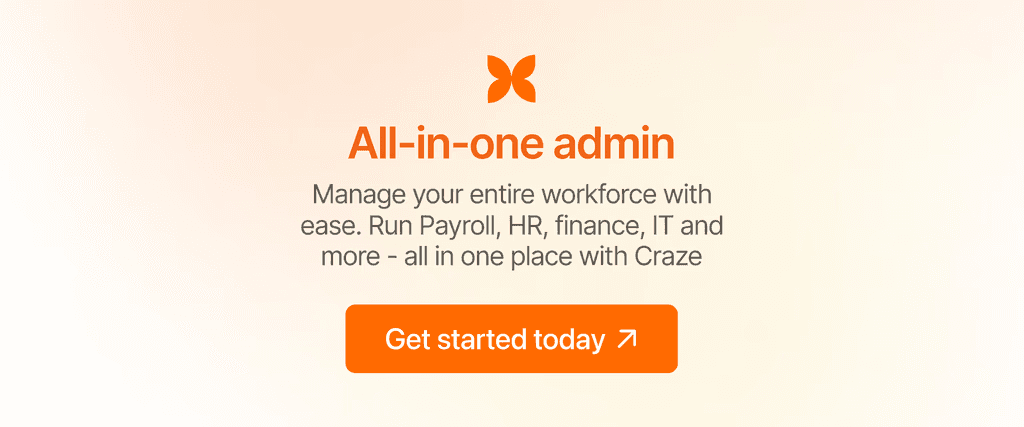
How to Manage Leaves Easily and Efficiently? Tips and Best Practices
Here are some best practices that can help you streamline the leave management process.
Using automated leave management software
An automated leave management software like Craze helps HRs and founders manage and track employee leaves within the same dashboard. It integrates with payroll and attendance management systems to automatically calculate employee payroll without any manual calculations.
By opting for a leave management system, you can:
Empower employees with advanced settings where they can apply for new leaves, track leave balance, and opt for leave encashment without hand-holding from HR teams.
Go beyond traditional leave policies and customise them the way you want. For example, if you want to add mental health or a weekly midweek leave, go for it without hesitation.
Here’s our complete guide to choose from the 10 best leave management software in India.
Creating compliant leave policies with clear descriptions
Develop a comprehensive leave policy that complies with labour laws. Here’s how you can do it:
Familiarise yourself with the laws and ensure compliance with them. If needed, get help from experts
Create a transparent policy that covers all legal requirements and follows your company guidelines
Specify the holidays your company observes
Layout the detailed procedure for requesting leaves, like the hierarchy to be followed
Clarify whether unused leaves will be carried forward or forfeited
List the types of leaves the company offers and the numbers for each, like sick leaves, paternal leaves, etc.
Clarify the circumstances under which the leave will be approved or denied
Train managers to apply uniform leave policies for all employees and avoid biases
Encourage employees (leave applicant and approver) to communicate effectively
It is not enough to just create a leave policy. You also need a clear plan for promoting open communication between leave approvers and applicants. You can do so by:
Providing guidelines for leave approval and requesting
Ensure managers respond timely to requests to avoid delays
Send emails, social platforms and internal channels to circulate and communicate the policies
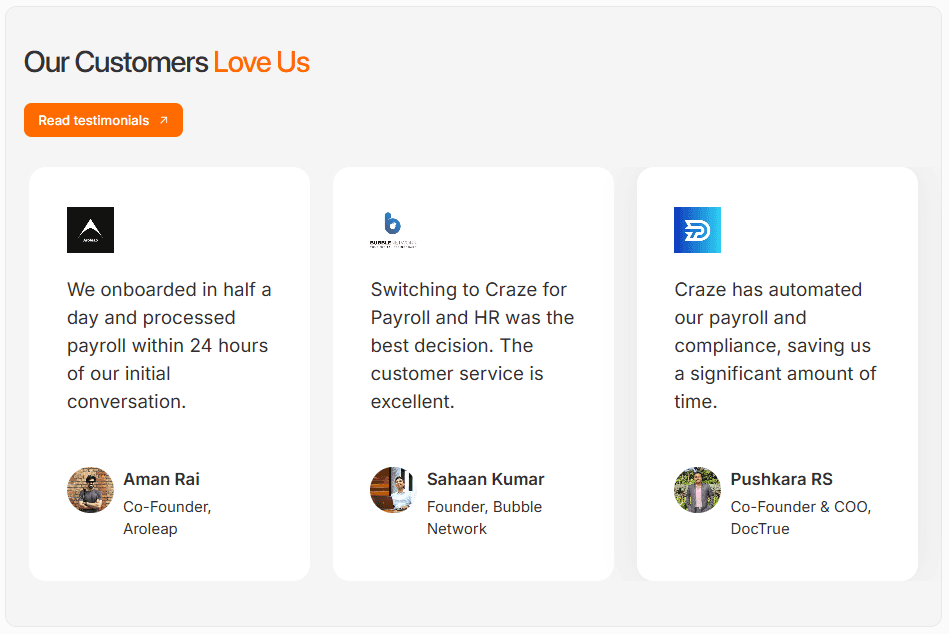
Conclusion
Leave management is not just an HR function; it has evolved into a strategic business activity that has the power to disturb smooth business operations.
But with the right tools and strategies, you can create an efficient leave management system that strengthens employee relationships and keeps them happy and committed to work.
Invest in an automated leave management tool that combines all leave operations within a single dashboard. And if you are looking for a recommendation, we suggest Craze.
Craze is perfect for startups and SMEs building their people operations from scratch. It is an all-in-one leave, payroll, and core HR software that integrates these operations to create a connected experience.
Bonus for its simple interface and an extremely empathetic support team that genuinely cares about startups and their problems.
Want to try it out first-hand?

FAQs
What is a leave management system?
A leave management system is software that streamlines requesting, approving, and tracking leaves. It automates leave and payroll calculations, maintains accurate records, and ensures compliance with laws.
What is the difference between leave management & leave management system?
Leave management is the overall process of managing employee leaves, whereas a leave management system is a tool for streamlining this process.
What are the benefits of a leave management system?
The leave management system automates leave requests and approvals, minimises errors and efforts in tracking leaves, and provides clear visibility into leave balances, policies, etc.
What is the role of HR in leave management?
HR plays a crucial role in leave management by creating a clear, compliant leave policy, managing employee leaves, communicating leave processes and procedures, keeping records, and assisting employees with inquiries and issues.
What is the employee leave management policy?
Employee leave management policy outlines the rules and procedures for leave management. It includes details on types of leaves, the number of leaves, eligibility, the process of requesting leaves, and how unused leaves are handled.
What is the employee leave management policy?
Employee leave management policy outlines the rules and procedures for leave management. It includes details on types of leaves, the number of leaves, eligibility, the process of requesting leaves, and how unused leaves are handled.
How do you manage leave for the hybrid working model?
A centralised leave management system is essential to managing a hybrid working model. Clear policies should address remote and in-office work scenarios. All employees should be communicated before policy changes are implemented.
